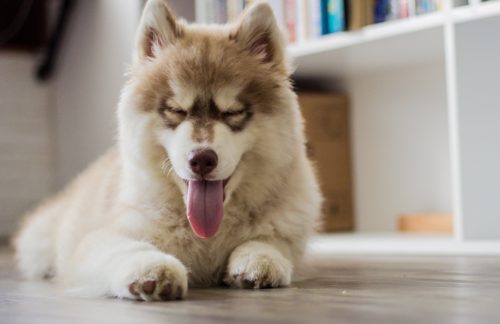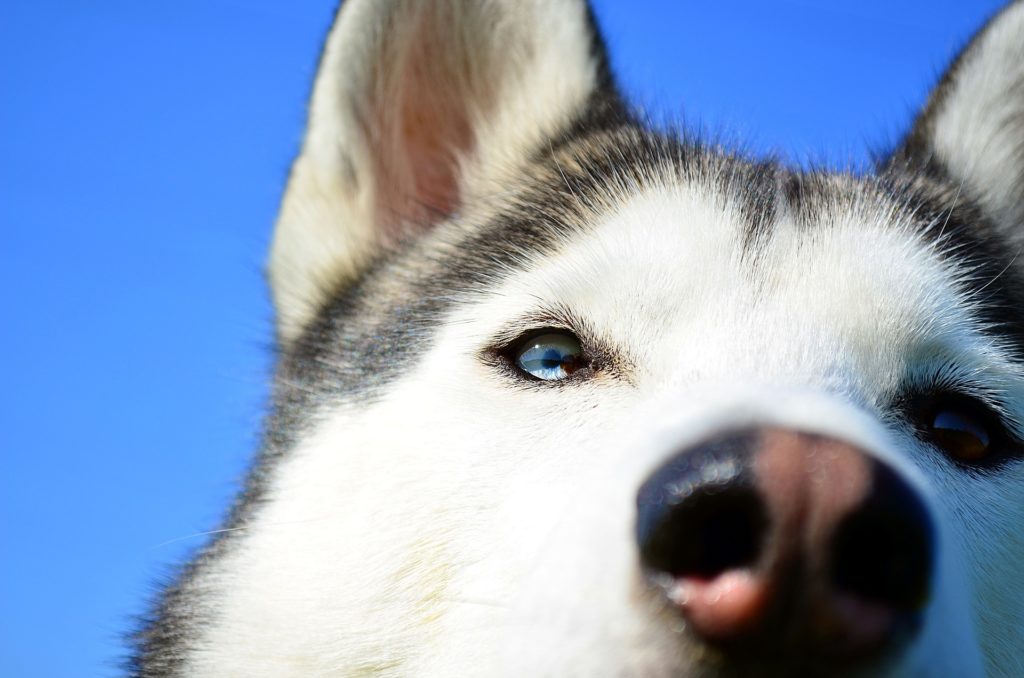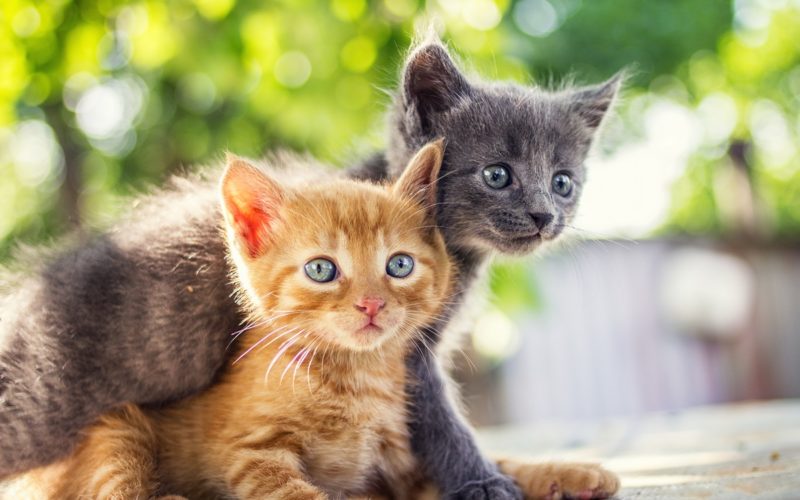If you are considering getting a Siberian Husky, you can expect a family-friendly, lovable, and intelligent pooch. Huskies are loyal dogs with a love for their “pack” and playtime. While these qualities are a wonderful fit for people with active, social lifestyles, Huskies also have their downfalls if they are not in the right environment.
Although Huskies are intelligent dogs, their intellect can also make them head-strong and difficult to train. Similarly, if Huskies are not given the opportunity to expend their energy, they can act out with unwanted behavior. In order to combat these issues, Husky training is key. Training a Siberian Husky can be a tricky task; however, with patience and a strict schedule, you and your pup can establish a routine that works well for both of you.
How To Train A Husky
You may be wondering how to train a Husky. Training a Husky puppy is often most effective because you are working with a blank slate. However, if you do adopt an adult Husky, he is still trainable and hopefully, the previous owner started the process for you. Since Huskies are both intelligent and sometimes stubborn, it is important to establish an action-reward routine.

This means you should not give your Husky a reward unless he has first completed a positive action.
Huskies can be rewarded with small treats, toys, walks and playtime, and good old fashion praise and love.
Since Huskies often assume an alpha role, you must assert your dominance by adopting this “no work, no play” attitude.
Although this may seem harsh, it is the fastest way for your Husky to learn what behaviors are acceptable and which are not. Once your Husky has clearly learned which behaviors are good and which are bad, you can ease off of this tough love plan.
In addition to only praising your Husky when he performs a positive action, you can also help train your four-legged friend by establishing a strict daily routine. Creating a regular schedule for playtime, bedtime, and using the bathroom will help your pup understand when the appropriate times are to do each activity.
Create a Routine
Taking your pup outside to the same place at the same time as part of dog potty training will help reinforce the notion that this is the appropriate time and place to use the bathroom. The same can be done with feeding time and exercise time. Since Huskies can be dominant and sometimes manipulative, creating specific times for each action is essential for obedience training. You can also experiment with crate training your puppy.
Another common complaint that individuals have about Huskies is that they jump the fence, destroy the furniture, and tear up the backyard. However, do not let this discourage you. Most of these Husky behaviors are a result of a lack of training and a lack of exercise. Huskies are work dogs and need time every day to use up their energy.
If you like running or biking, a Husky might be a great fit for you. Even if you do not particularly like exercising, simply walking your pup to the park and playing fetch can do wonders for your dog. Designated playtime should be accompanied by plenty of space for your Husky to play during the day. If you have a yard, make sure you have a high fence since Huskies are known to jump. By providing your Husky with plenty of opportunities to use his energy in positive ways, you will avoid the development of unwanted behaviors.
Socialize Your Husky
Huskies are also known for chasing small animals, so if you have a cat or a small dog, ensure you include appropriate training. Although you may not want to get a Husky if you already have small animals (such as a cat), you can still socialize your dog with other animals.

This can be done by first introducing your Husky to the cat’s scent and vice versa, and then utilizing leash training. Do this by keeping your pets in separate rooms, but expose them to each other’s bedding.
Your Husky will probably try to “hunt” or gain access to the cat by guarding the door, so wait until this behavior subsides before you move to the next step, which is an on-leash introduction.
From a distance, allow your Husky to be in the same room as your cat, but ensure you have a good handle on the leash. Do this as many times as necessary until your Husky does not lunge at your cat.
Slowly but surely, they should become more accustom to each other. Once you are confident your Husky will not chase the cat, you can allow your two pets to be in the same room, off-leash, under your close supervision. After you are completely comfortable with this phase, your Husky and cat should be able to coexist in peace.
Do not let these dog training tips discourage you from bringing a Husky into your life. Huskies are intelligent, playful, and loyal dogs that get along with almost everyone. They are known for being incredibly friendly and fun-loving, which makes them a great fit for many families. With a little help, anyone can be a dog trainer, and your Husky can learn to be a well-behaved and lovable pup!




